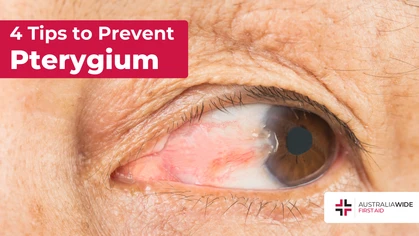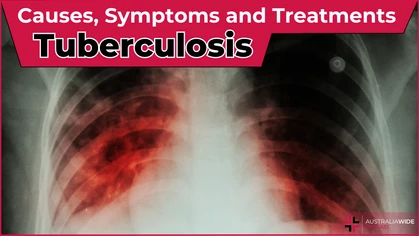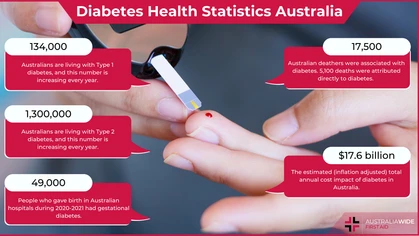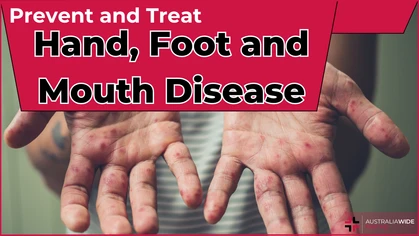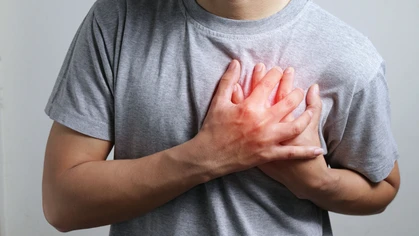What is Heart Disease?

Disease

Heart health is a concern for all Australians
Heart disease is a category for a host of conditions that affect the heart muscle and its functions. The category is also known as ‘cardiovascular disease’. Cardiovascular disease generally describes conditions that involve blood vessel constriction that can bring about angina (chest pain), a heart attack, or stroke.What is Ischaemic Heart Disease?
Ischaemic heart disease, or ischemia, is a condition where restricted blood supply deprives the heart of oxygen. The heart is described as ischaemic when demand for oxygen exceeds the supply provided by blood flowing through the coronary arteries. The most likely cause of ischaemic heart disease is plaque (fatty material and cells) building up in a coronary artery that supplies blood to the heart. The accumulating plaque ends up obstructing the flow of blood, oxygen and nutrients to the heart. Plaque could also rupture, tear away from the artery wall and cause a clot that completely obstructs blood flow in the artery. When that happens, the part of the heart deprived of blood, stops functioning and dies. This is known as myocardial infarction — heart attack — which can be fatal.Symptoms</strong> of ischaemic heart disease include
- Chest pain (angina)
- Fatigue
- Palpitations
- Shortness of breath
- Sweating
What is Silent Ischaemic Heart Disease?
Silent ischemic heart disease has no noticeable symptoms, even though the heart is deprived of oxygen. Doctors diagnosing ischemic heart disease or silent ischemic heart disease, would inquire about the person’s personal and family medical history, conduct a physical examination and order blood tests. Further tests could include:- Cardiac catheterisation or angiogram
- Echocardiogram
- Electrocardiogram (ECG)
- Heart scan
- Stress test (exercise test to show how the heart handles strenuous physical activity)
What is Coronary Artery Disease?
When the major blood vessels that supply blood, oxygen and nutrients to the heart are damaged or diseased, the condition is known as coronary artery disease, or coronary heart disease. Cholesterol build-up in the artery/ies is the cause. This eventually forms plaque, narrows the arteries and decreases blood flow to the heart. Without appropriate and effective treatment, coronary artery disease will end up blocking an artery, partially or even completely, resulting in a heart attack. Coronary artery disease is not the same as ischaemic heart disease. The presence of plaque is common to both, but blood flow restriction in coronary artery disease is not always sufficient to cause the heart to become ischaemic. Other structural issues in the heart disease category include septal defects (abnormal opening between left and right sides of the heart) and congenital heart defects.What is Congenital Heart Disease?
Congenital heart disease, also called congenital heart defect, refers to one or more structural heart problems a person was born with. This condition can change the way blood flows through the heart. Some congenital heart defects cause no problems, whereas more complex defects can have life-threatening outcomes. Under the umbrella of heart disease, we also have heart rhythm problems (arrhythmias) and aneurysms, where the heart muscle or an artery is weakened and bulges. Each year, around 54,000 Australians suffer a heart attack — one every 9 minutes.
How the heart works
The heart is a pump in the form of a muscle about the size of a fist, located slightly left of centre in your chest. Your heart beats about 100,00 times a day. It will beat about 35 million times a year and, during the span of an average human lifetime, it will beat more than 2.5 billion times. The right side of the heart — the right atrium and ventricle — collects and pumps blood through the pulmonary arteries to the lungs, where the blood is enriched by a new supply of oxygen.
The oxygen-enriched blood then enters the left side of the heart — the left atrium and ventricle — and is pumped out through the aorta. The body’s largest artery, this is the main supply channel for oxygen and nutrients.
Arteries carry the oxygenated blood to body. Veins carry the used blood back to the heart.
Your heart will circulate around 5 litres of blood every minute.
To keep the blood flowing the right way, valves in the heart open and close as needed. There are four valves and they need to be properly formed, open all the way, and seal tightly.
These four valves are:
The right side of the heart — the right atrium and ventricle — collects and pumps blood through the pulmonary arteries to the lungs, where the blood is enriched by a new supply of oxygen.
The oxygen-enriched blood then enters the left side of the heart — the left atrium and ventricle — and is pumped out through the aorta. The body’s largest artery, this is the main supply channel for oxygen and nutrients.
Arteries carry the oxygenated blood to body. Veins carry the used blood back to the heart.
Your heart will circulate around 5 litres of blood every minute.
To keep the blood flowing the right way, valves in the heart open and close as needed. There are four valves and they need to be properly formed, open all the way, and seal tightly.
These four valves are:
- Tricuspid
- Mitral
- Pulmonary
- Aortic
The heart’s rhythm
The heart’s rhythm consists of contracting and relaxing. In this continuous cycle, the ventricles contract (systole) to push blood outward into the lungs and body. The ventricles relax (diastole) to allow blood to fill them from the upper chambers (left and right atria).The heart’s electrical system
This system carries electrical impulses to prompt the heart muscle to contract and keeps the blood flowing and the heart beating in its normal, coordinated rhythm. Electrical signals begin in the upper right atrium, before traversing special pathways through to the ventricles.Risk Factors for Heart Disease
The more risk factors you have for coronary heart disease, the greater your chance of developing it. In Australia, 90% of people have at least one risk factor for heart disease. Many of those risk factors can be controlled or improved, including:
Many of those risk factors can be controlled or improved, including:
- Being inactive
- Being overweight
- Diabetes
- High Blood Pressure
- High cholesterol
- Smoking
- Unhealthy diet
- The risk of heart disease increases as you get older.
- Ethnic background. For example, higher risks are linked to lifestyle factors for Aboriginal and Torres Strait Islander people. People from the Indian sub-continent have a higher risk profile for heart disease.
- Family history. If a family member has cardiovascular disease, it would be wise to discuss the risks with a doctor.
- Males have a higher risk of heart disease. The risks increase for women and after menopause, equalling that of men in some cases.
How to Prevent Heart Disease
Keeping your heart healthy is the most important thing you can do to help prevent and manage heart disease. This advice applies, no matter your age. It won’t matter if you have more than one risk factor, you can still make the following changes to help reduce the chances of developing heart problems. Choose sensibly when it comes to the food and drink you consume. Minimise sedentary behaviour and instead, embark on a more physically active course. Improving your diet and level of fitness are lifestyles choices that have positive health outcomes. Being more active and enjoying a healthier diet will also have the benefits of making you feel better about life in general, including yourself. Disclaimer: This article is for informational purposes only. It does not constitute, replace, or qualify as any form of first aid training.
Originally published at
https://www.australiawidefirstaid.com.au/resources/what-is-heart-disease
as part of the Australia Wide First Aid Articles Library
